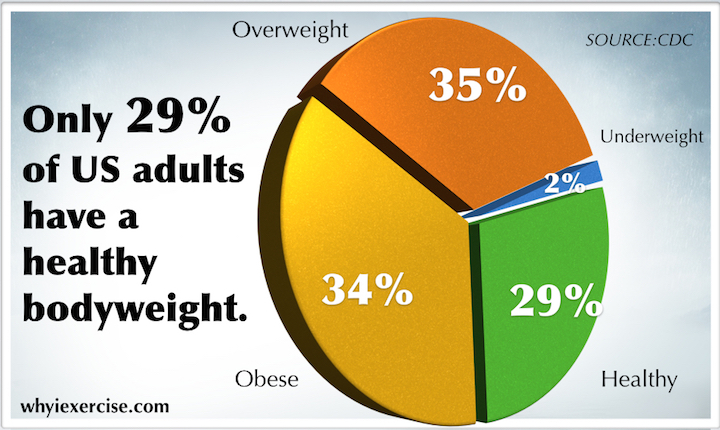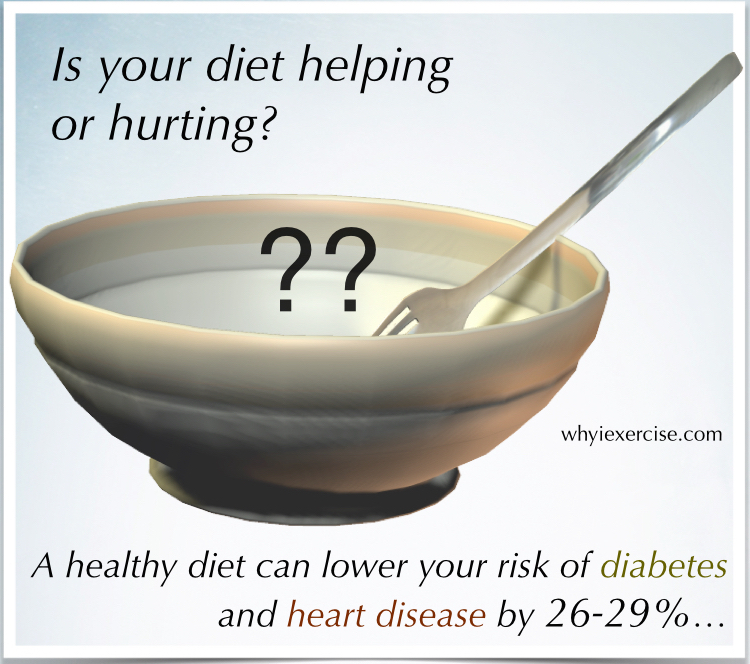Childhood obesity facts
Find out whether you need to lose weight.
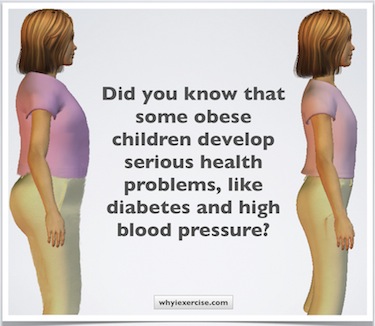
The well-researched childhood obesity facts on this page will show you whether you (or your child) need to lose excess body fat, what difference it makes to be overweight, and what you can do about it.
If you are age 12 or older, the best way to start is to measure your waist (1,2). Place measuring tape around the most narrow point between your hips and your lower rib cage, which is usually about an inch above your navel. Stand relaxed. Don’t suck your belly in or stick it out. The tape should not pinch your skin at all.
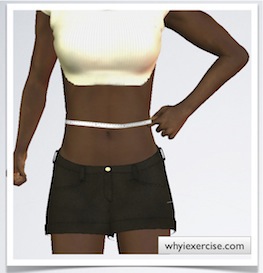
Make sure the tape is flat on your skin all the way around your waist. Note: Research and childhood obesity facts show that during puberty, fat begins to collect around the waist more than in other parts of the body. This is what makes measuring the waist the most important obesity test for teens. Compare your results with the charts below.
(You can see that the US research shows a higher waist than the UK. Keep in mind that the US has by far the most obese children when compared to other countries.)
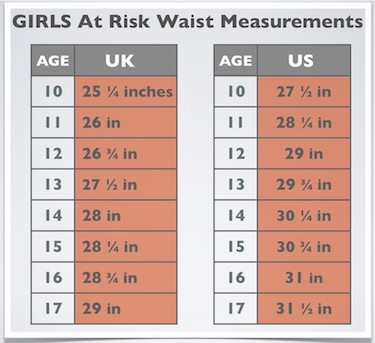
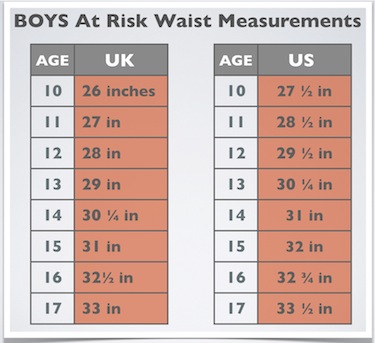
If your waist is at or above the figure for your age in the chart, you are much more likely than other children to have health problems like diabetes, depression, sleep apnea, high blood pressure, or heart disease in the future. The higher your waist, the higher your risk.
Check your BMI too, especially if you are 11 or younger. This will give you a more complete body weight profile. BMI is actually the best body weight measurement for children 11 years old and younger. This is because body fat is more evenly spread throughout the body before puberty
(4). Calculate your BMI on this page.
Childhood obesity facts from the latest science and research show that if you are overweight (BMI in the 90th percentile or higher), you are much more likely than your classmates to stay overweight when you grow up. (3) Obese children (95th percentile or higher) can have serious health problems like diabetes even before they grow up! In fact, obese children are 3 times more likely to have high blood pressure than their normal weight peers (5,7)!
Research also shows that every pound counts. For example, a 13 year old who is 24 pounds overweight has a higher risk of having heart disease as an adult than a 13 year old who is 12 pounds overweight (6). Since every pound counts, that means every pound you lose counts toward a healthier future! Nearly 30% of US children and teens are overweight, which can cause lower self esteem and poor physical functioning when compared to peers. Be consistent with regular exercise and healthy meals and you can look forward to a better life very soon!
2 more childhood obesity facts, especially for parents: Children with overweight or obese parents are almost twice as likely to become overweight than their peers with normal weight parents. (8). Make it a family routine to exercise and follow a healthy diet, with a goal of losing weight together!
What’s the best first step when it comes to food and drink? Stop buying sugary drinks, like soda, energy drinks and gatorade. They are the #1 source of added sugar in the daily diet of children. Instead drink mostly water, and replace the sugary drinks with real fruit and vegetable juices (9). Find more diet and nutrition tips in this article on nutrition.
Related articles
Research on obesity Key scientific findings on the obesity health epidemic. Trends in the statistics and the relationship between body weight and chronic disease are examined. Find out the impact of obesity on life expectancy and cost of living.
While there are no specific foods proven to cause weight loss, studies have shown that a nutrient-dense diet significantly lowers the risk for serious chronic disease. You can improve your diet significantly with 11 simple steps.
